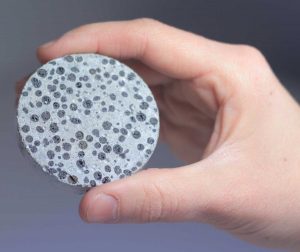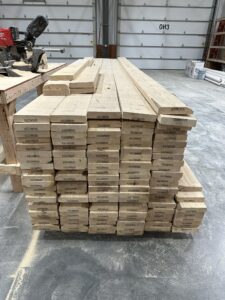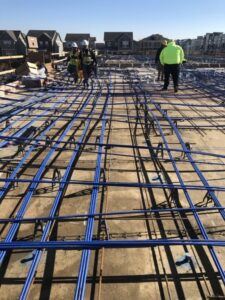
No other material in the world is used in construction more than concrete, and as the developing world keeps its accelerating growth the demand will increase. As one of the oldest construction materials in the world, there has been a lot of innovation in mixtures and strengthening technologies, but none possibly as game changing as self-healing concrete.
Several universities in the world are currently trying to tackle this problem, but the first to come up with a commercially viable product was Delft University of Technology in the Netherlands. Researchers there have figured out a way to add biodegradable capsules filled with a special strain of bacteria into the concrete mix. This special bacteria thrives in high-alkaline environments, such as concrete, and has the ability to stay dormant for up to 200 years. The biodegradable capsules are also filled with a food source for the bacteria called calcium lactate.
When concrete cracks, which it inevitably does, water enters and opens the capsules. The bacteria is woken up from its dormancy by the water and begin to feed on the calcium lactate and subsequently multiply. During the process of eating, the bacteria combines the calcium lactate with carbonate ions to form limestone. As you can imagine, this limestone then fills the crack that had formed in the concrete.
This concrete is currently commercially viable for situations in which damage from water can make repairs costly. For example, in underground tunnels where water in the soil is present. However, the price is beginning to drop, and as mass adoption and additional innovation occurs the price will drop even further.
Another benefit of self-healing concrete is to help reduce the rate of CO2 emissions. It is estimated that 5% of global carbon emissions is created solely from the production of cement, the main ingredient in concrete. The potential for cost savings and reduced emissions from the production of concrete for rebuilding or repair is enormous. It is exciting to see these innovations in concrete.
Stay tuned next month for the discussion of another material in my self-healing materials blog post series.









